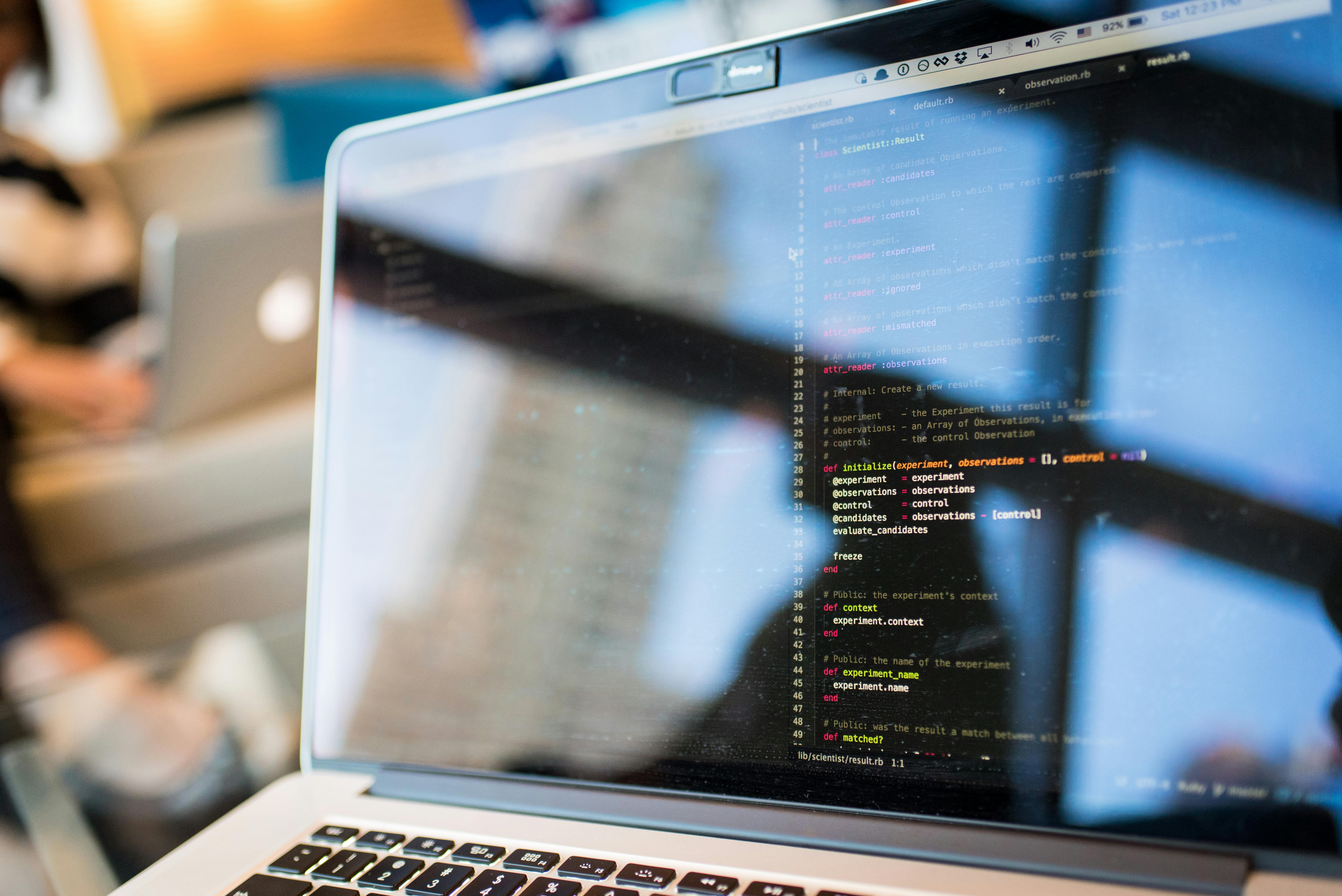Trellis-3D-Python 0.1.9: Unlocking New Dimensions in 3D Asset Generation
Introduction (Engaging + Keyword-Optimized)
In the rapidly evolving landscape of technology, 3D asset generation has become a pivotal area of innovation. With tools like Trellis-3D-Python 0.1.9, developers can generate complex 3D models with ease and efficiency. This article explores the latest features of Trellis-3D-Python and its significant impact on software development, particularly in the realms of gaming, virtual reality, and digital content creation.
Table of Contents
What is Trellis-3D-Python?
Trellis-3D-Python is a robust framework designed for the generation of 3D assets using machine learning algorithms. By leveraging Python's extensive libraries and capabilities, Trellis simplifies the process of creating high-quality 3D models that can be integrated into various applications, from video games to architectural visualizations.
Key Features and Enhancements in Version 0.1.9
The latest version of Trellis-3D-Python, 0.1.9, introduces several enhancements that significantly improve functionality and user experience. Here are some of the standout features:
1. Enhanced Performance
Version 0.1.9 offers optimized algorithms that enhance rendering speed and model accuracy. This leads to quicker asset generation and better performance in real-time applications.
2. Improved User Interface
The user interface has seen a considerable upgrade, making navigation more intuitive. New users can easily understand the workflow, reducing the learning curve associated with 3D asset generation.
3. Support for Multiple File Formats
This version includes extended support for various 3D file formats, ensuring compatibility with major 3D modeling tools.
4. Advanced Customization Options
Developers can now customize the generation parameters more extensively, allowing for tailored outputs that meet specific project needs.
Practical Implementation and Use Cases
Integrating Trellis-3D-Python into your projects can significantly streamline the asset creation process. Here are some practical applications:
- Game Development: Use Trellis to quickly generate 3D models for characters, environments, and props, accelerating the development cycle.
- Architectural Visualization: Create realistic 3D representations of buildings and landscapes for presentations and client pitches.
- Virtual Reality Experiences: Develop immersive VR content with detailed 3D models that enhance user engagement.
For more insights on 3D asset generation, check out this external source. Additionally, for broader context on emerging technologies, visit our homepage.

trellis-3d-python - Professional technology illustration
Conclusion (Call to Action + Recap)
Trellis-3D-Python 0.1.9 marks a significant advancement in the field of 3D asset generation, providing developers with the tools needed to create high-quality models efficiently. With its enhanced features and practical applications, Trellis stands out as an essential tool for anyone involved in 3D modeling. Are you ready to explore the possibilities? Share your experiences and thoughts in the comments below!
Ready to Get Started?
Which feature of Trellis-3D-Python are you most excited about? Let us know in the comments below!
Frequently Asked Questions (FAQ)
Trellis-3D-Python is a framework used for generating 3D assets using machine learning, applicable in game development, VR, and architectural visualization.
It enhances workflow by providing optimized algorithms for faster asset generation and a user-friendly interface that reduces the learning curve.
Yes, the latest version allows extensive customization options, enabling developers to tailor the generated assets to their specific project needs.
Stay Updated!
If you found this guide helpful, make sure to subscribe to our newsletter for the latest updates on Trellis-3D-Python and trends in 3D modeling!

Social Media Card for Trellis-3D-Python 0.1.9: Unlocking New Dimensions in 3D Asset Generation
Thanks for reading! Found this helpful? Share it with your network.



